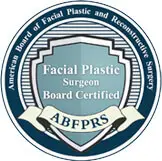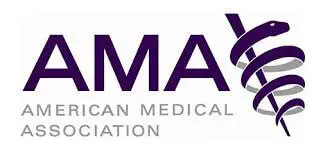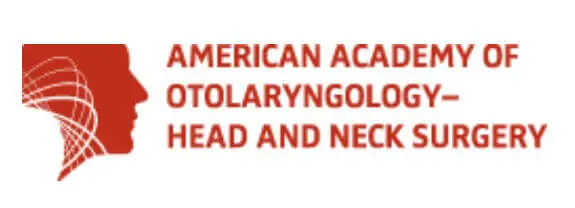

Many patients experience trauma that results in a crooked nose with or without breathing problems. Other than breaking the nasal bones you can also injure the cartilage of the nose with trauma. This can involve cracking or shifting the septum (dividing wall inside the nose) or disrupting the normal attachment of outer nasal cartilage (upper lateral cartilage) to the nasal bone.
It is possible to develop a deviated nasal septum after breaking your nose. A sign that this may have occurred includes significantly restricted airflow on one or both sides of the nose.
It is common for the nose to become somewhat stuffy after any injury (related to swelling of the internal skin lining) so you do need a thorough nasal exam to fully assess whether you have signs of a deviated septum. Depending on the severity of the deviation and your symptoms you may want to have the deviated septum treated at the same time as your nasal fracture.
Who is a Candidate for Poughkeepsie Nasal Fracture Repair?
Healthy men and women who have experienced trauma or have a naturally crooked nose may be excellent candidate for fractured nose surgery. During a consultation, an experienced surgeon will perform a facial analysis and work with you to help determine the best course of action that will deliver the most appealing results.
An x-ray or CT scan of your facial region may be needed to further assess the nasal fracture. Radiological imaging is not required in the evaluation of all nasal trauma. Depending on the type of injury a CT may be indicated to rule out other facial fractures that may be hard to diagnosed with a physical exam alone.
What is the Recovery like from Poughkeepsie Nose Surgery?
Nasal fracture surgery is performed on an outpatient basis with most patients returning to the comfort of their own home a few hours after surgery. Surgery may be performed with moderate sedation or general anesthesia, depending on the patient’s preference.
Small incisions, hidden under the nasal tip and within the nose, allow access to the cartilage and bone damaged. These structures are carefully adjusted to achieve the desired function and, in some cases, appearance of the nose.
As each patient’s fracture is different, state-of-the-art procedures and techniques are planned to meet each patient’s individual needs. Sutures are used to close the incisions and a small external splint is placed. Internal splinting and packing are usually not necessary.
Length of recovery time depends on the complexity of the procedure and varies from patient to patient. Prescription pain medication is usually only required for the first few days. Mild discomfort, bruising, or swelling lasts about 7 to 10 days. Most patients are able to return to work, school, or other daily activities within about one week. Avoidance of contact sports is recommended for about one month after surgery.
Our experienced surgeons reduce bruising and recovery time with the application of state-of-art techniques and the use of homeopathic or herbal options. Detailed postoperative and aftercare instructions will be provided to each patient.
Those patients considering nose surgery should carefully evaluate their surgeon’s credentials and training. Our doctors are Board Certified, with extensive knowledge to deliver the best cosmetic results while safeguarding proper breathing function.
To schedule a private consultation with the Hudson Valley, Westchester County and the Tri-State Area’s most experienced nasal fracture, or broken nose, surgeons, please contact our Concierge Patient Coordinators at (845) 454-8025 or email us at info@NYfaceMD.com.
For our V.I.P. and out-of-state, or international, patients we offer full concierge service including arranging all travel, hotel and 5-star service.































